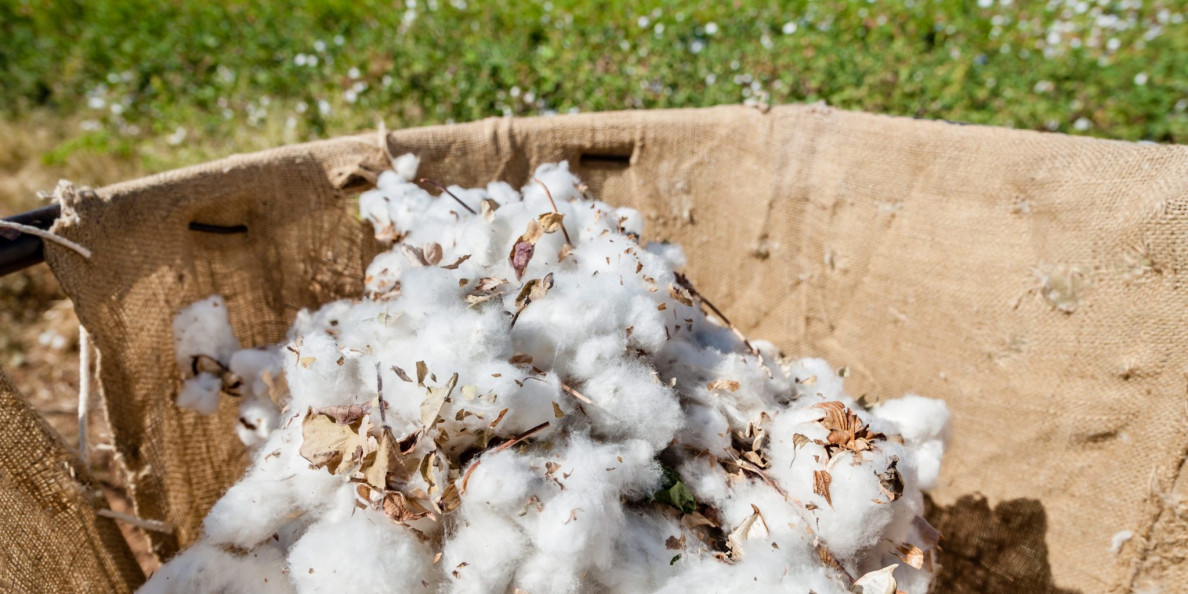Dive Insight:
Knowing the origin of a garment isn't as simple as taking a look at the "made in" label. While a T-shirt may be manufactured at a factory in Asia, the raw materials could come from all over the world.
More than 80 countries worldwide produce cotton, and "spinners blend a lot of their cotton and mix it together from several different countries to maintain consistency and quality," Jurewicz said.
With CBP's detention order on Turkmen cotton, the challenge for apparel brands is knowing the source of cotton in their products — or they risk having their products turned away at the border. "Most brands are not buying yarn," she said, "And they don't have the relationships with yarn and textile mills."
When forced labor was discovered in cotton harvesting in Uzbekistan, nearly 300 brands and retailers, including Adidas, H&M and Fruit of the Loom, signed a pledge to eliminate Uzbek cotton from their supply chain. Making that changed required more visibility beyond tier 1 and stronger, more open relationships with suppliers. A similar pledge for Turkmen cotton has been created.
In addition to working with suppliers, brands need to assess risk. Nearly three-quarters of cotton exports from Turkmenistan go to Turkey. If an apparel brand has a production facility in Turkey, there's a higher risk Turkmenistan cotton is in their products, Jurewicz said.
The good news for apparel brands is cotton is a common good, so finding an alternative source won't be too difficult. But it does require an awareness beyond tier 1 of the supply chain, and for some, a shift in sourcing decisions.


